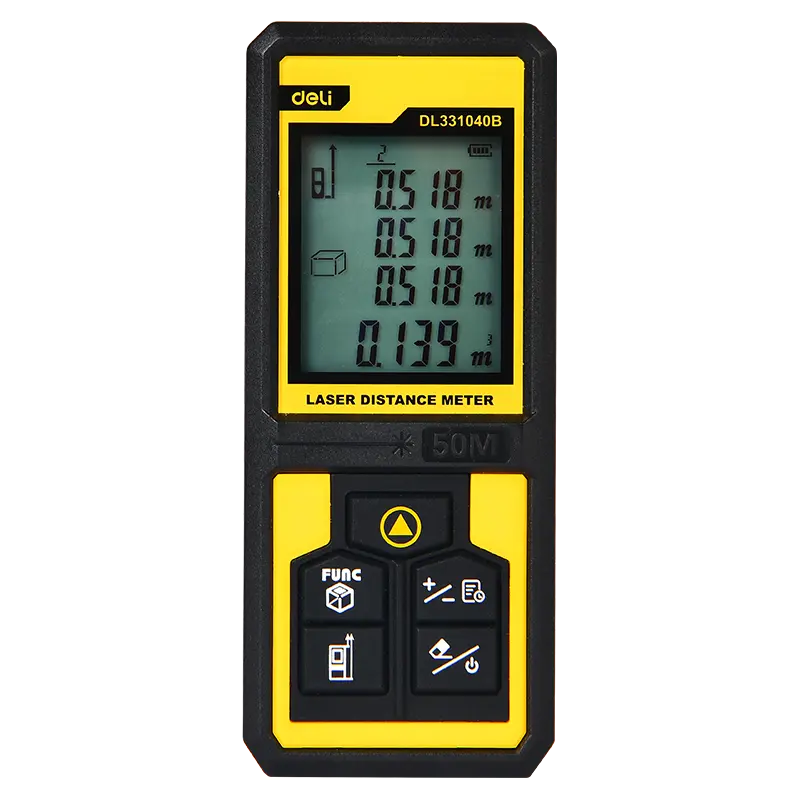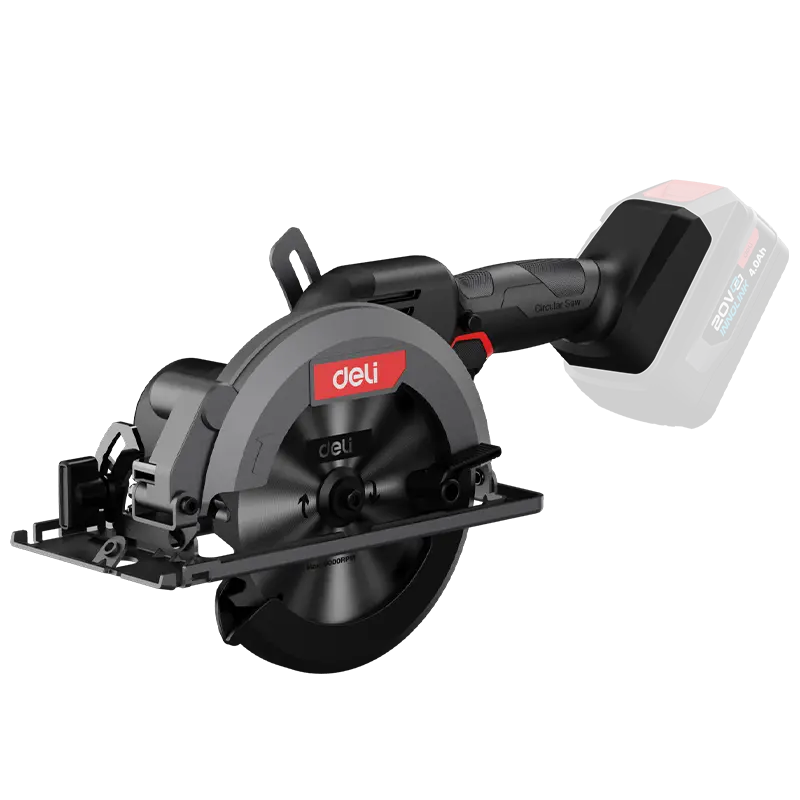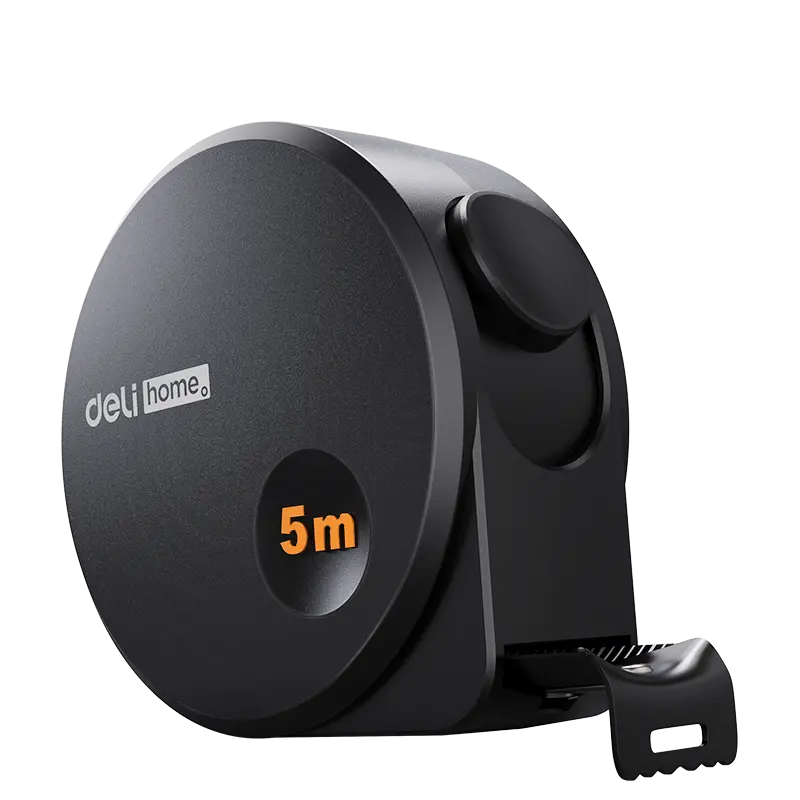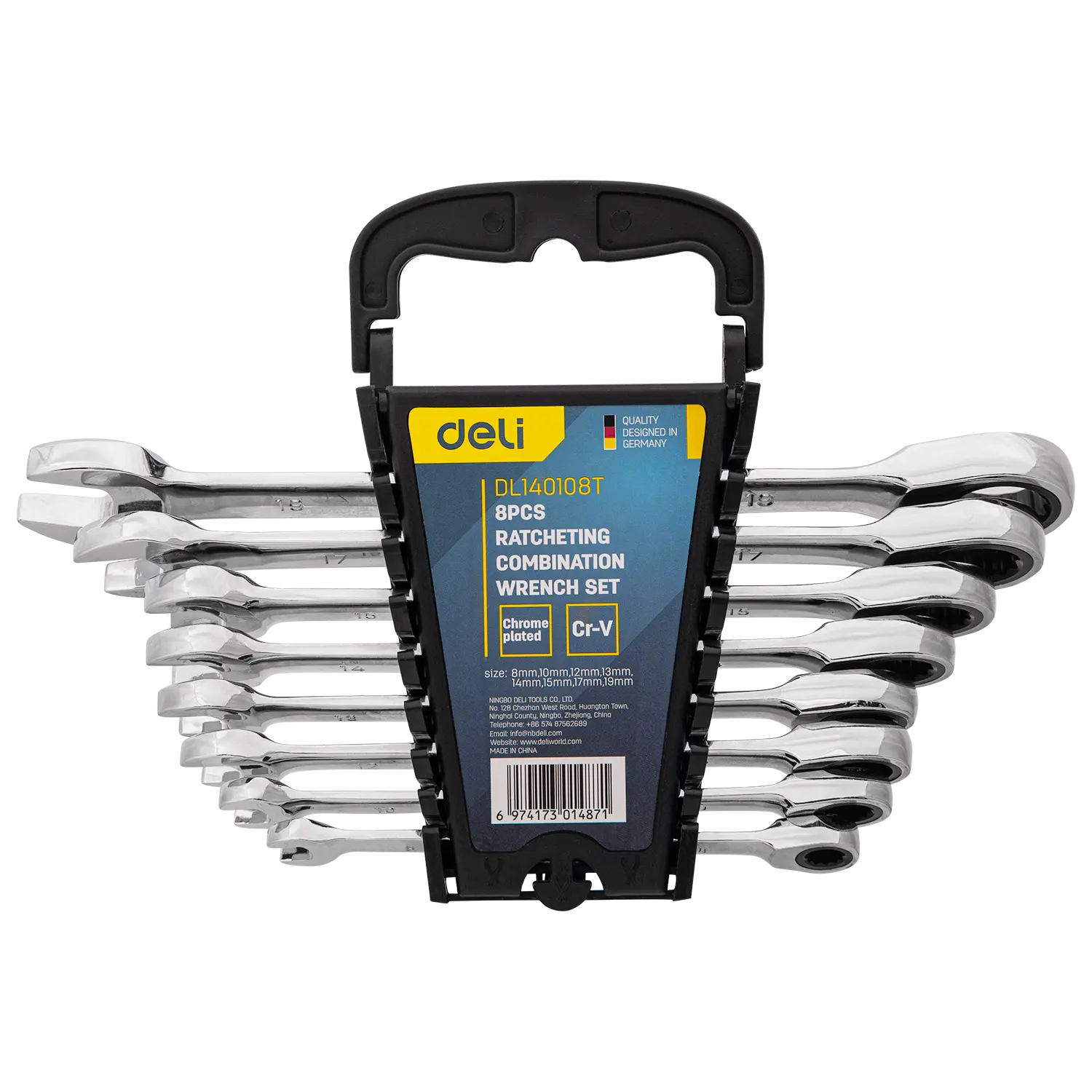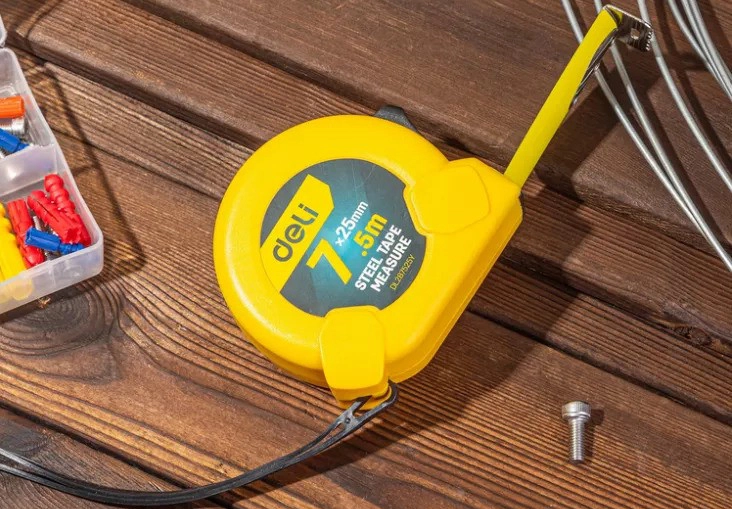Maintaining your fastening tools is crucial to ensuring their longevity and reliability. Whether you're a professional contractor or a DIY enthusiast, understanding the proper care and maintenance of these tools can save you from the inconvenience and cost of premature failures. In this guide, we will delve into essential maintenance tips that will help keep your fastening tools in top condition for years to come.
Understanding Your Fastening Tool
Before diving into maintenance routines, it's important to have a comprehensive understanding of your fastening tool. Different types of fastening tools by Deli Tools, whether pneumatic, electric, or manual, have unique requirements and maintenance procedures. Regularly consulting the user manual can provide valuable insights into specific care instructions and usage tips tailored to your tool's design and functionality.
Identifying signs of wear and understanding the common issues that can affect fastening tools are also key components of effective maintenance. For instance, a decrease in performance or unusual noises could indicate the need for immediate attention to prevent further damage.
Routine Cleaning and Inspection
One of the most straightforward yet essential maintenance practices is regularly cleaning your fastening tool. Dust, debris, and other contaminants can accumulate over time, potentially harming the tool’s internal mechanisms. A soft brush or compressed air can be effective in removing debris from hard-to-reach areas, ensuring that your fastening tool remains clean and functional.
In addition to cleaning, conducting routine inspections of your fastening tool can help identify potential issues before they escalate. Checking for signs of wear, such as frayed cords, damaged cases, or worn-out parts, is crucial. Replacing these components promptly can prevent accidents and extend the life of your fastening tool.
Lubrication for Peak Performance
Lubrication plays a vital role in the maintenance of fastening tools, especially for those with moving parts. Proper lubrication reduces friction between components, minimizing wear and extending the tool’s lifespan. It’s important to use the right type of lubricant as recommended by the manufacturer and to apply it sparingly to avoid attracting dust and debris that can clog the tool.
For pneumatic fastening tools, ensuring that the air supply is clean and dry is also part of effective lubrication. Moisture in the air supply can lead to rust and corrosion, so using an air dryer or moisture separator can be beneficial.
Storage and Handling
How you store and handle your fastening tool can also impact its longevity. Keeping your fastening tool in a clean, dry place when not in use protects it from environmental factors that can cause damage. Investing in a sturdy carrying case can prevent physical damage during transportation and storage.
Additionally, proper handling of the fastening tool during use is crucial. Avoid dropping or overloading the tool, as this can lead to internal damage or misalignment. Following operational guidelines, such as not exceeding recommended torque settings, ensures that your fastening tool performs efficiently without undue stress on its components.
In conclusion, maintaining your fastening tool requires a combination of regular cleaning, inspection, proper lubrication, and careful handling. By adhering to these practices, you can ensure that your fastening tool remains reliable and performs optimally for years to come. Remember, investing time in maintenance not only extends the lifespan of your tool but also contributes to safer and more efficient work environments.

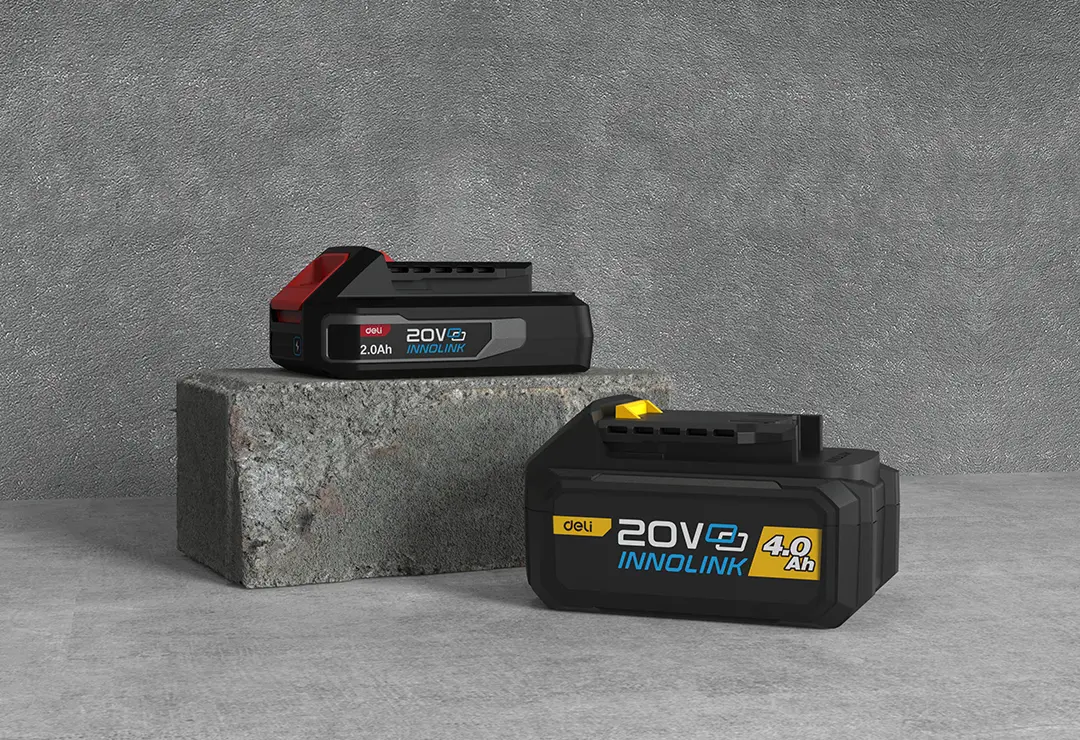
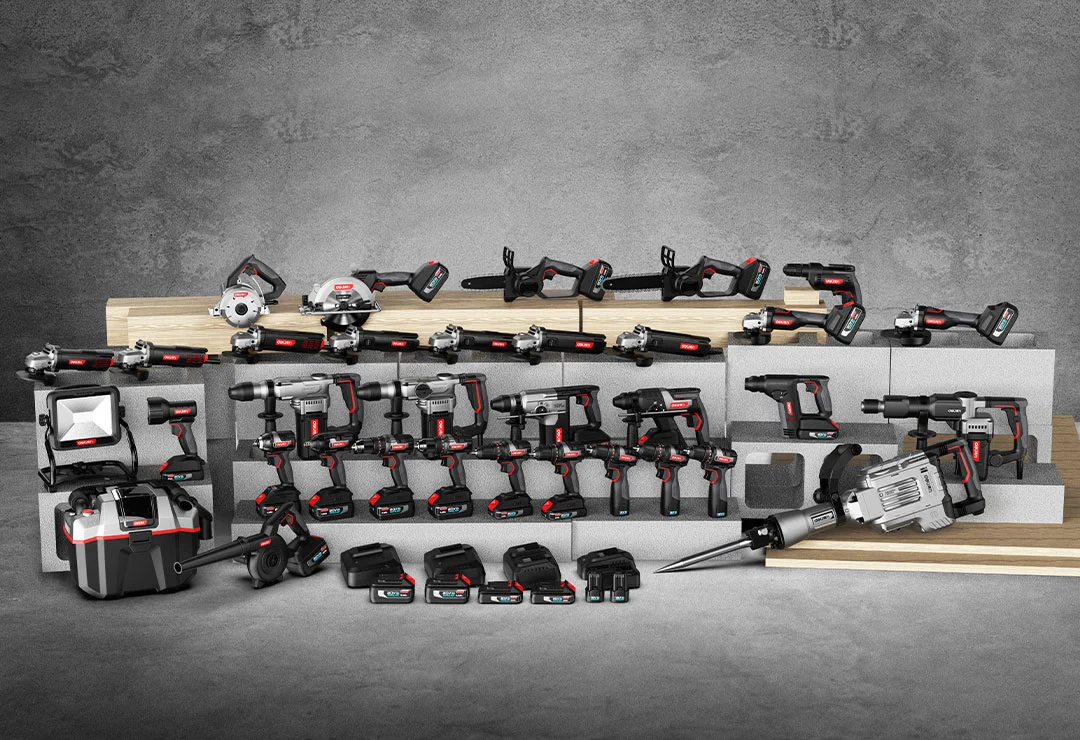
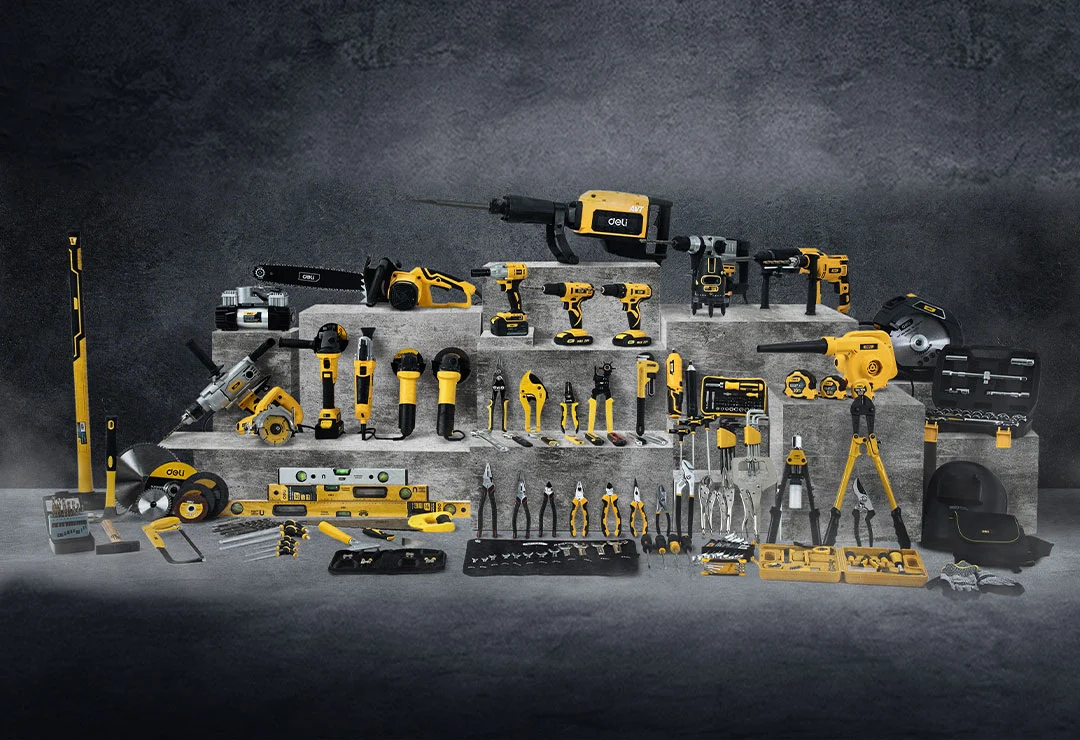
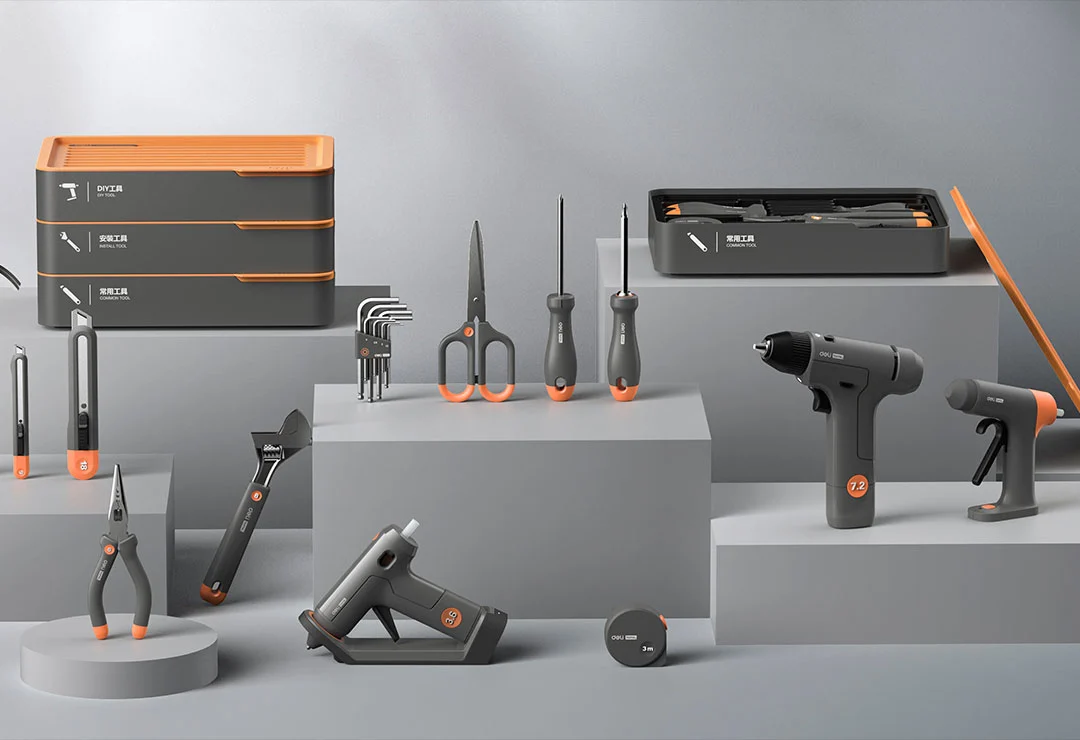
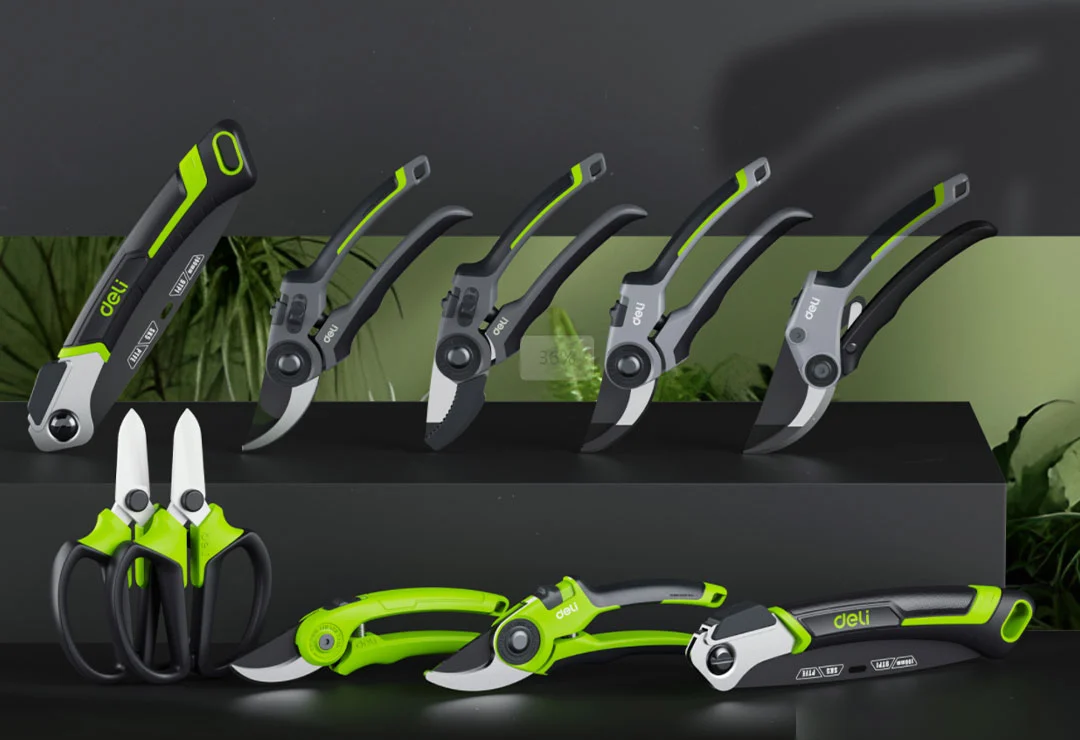
 EN
EN
 jp
jp  ko
ko  fr
fr  de
de  es
es  it
it  ru
ru  pt
pt  ar
ar  vi
vi  th
th  hi
hi  pl
pl  id
id  el
el 